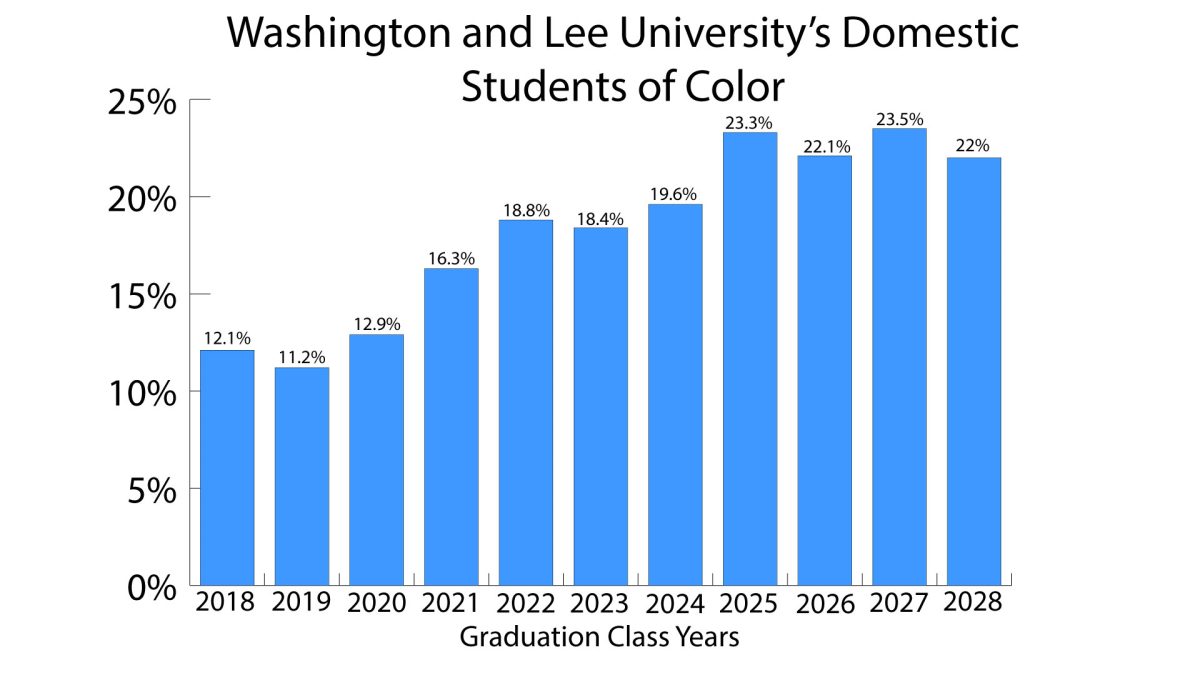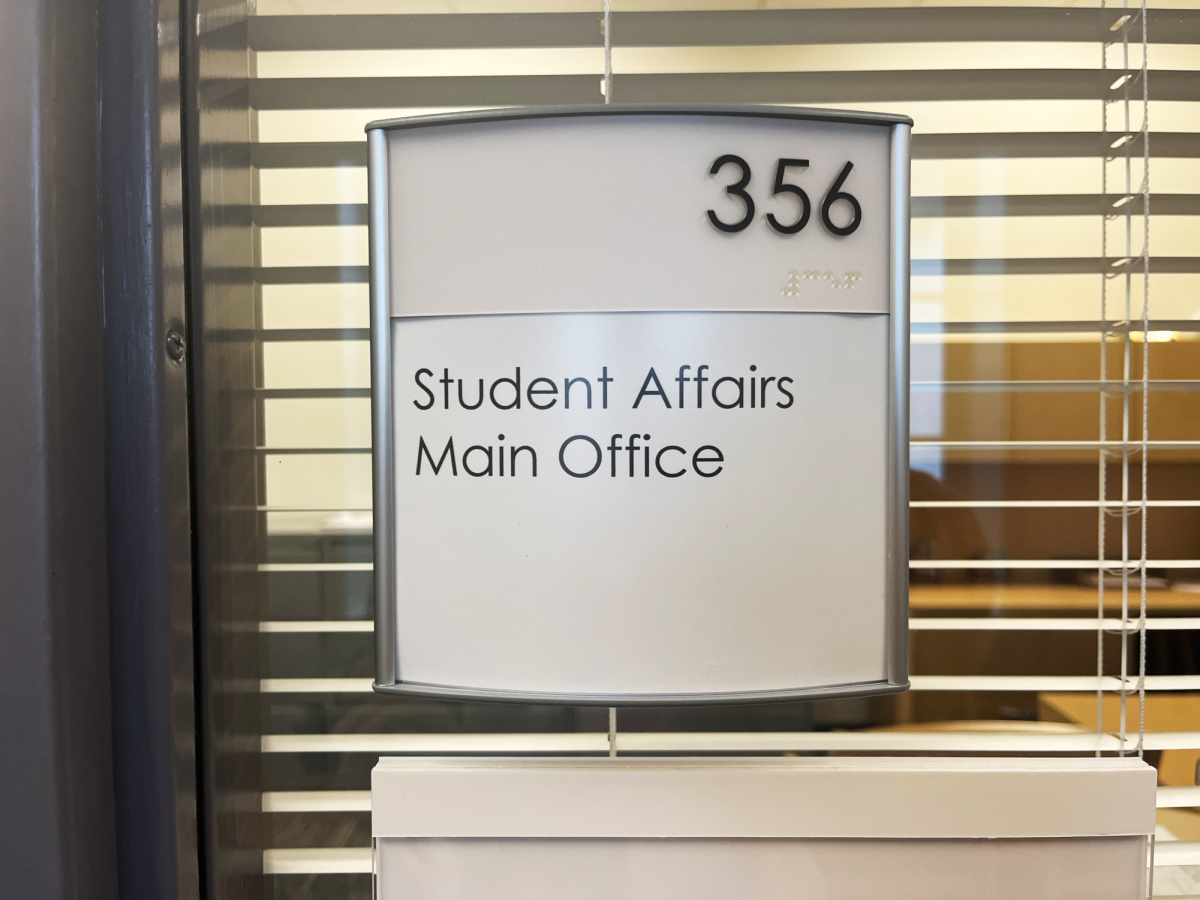Just over a year ago, Vice President of Admissions Sally Stone Richmond said diversity at the university could decline, and it did.
In June of 2023, the Supreme Court voted to end race-conscious affirmative action in college admissions. The university previously took race into account when admitting students as part of their holistic admissions process, Richmond said in an interview with the Ring-tum Phi last year.
Over the past ten years, the percentage of domestic students of color has almost doubled, according to the university’s 2023-24 Fact Book. The class of 2018 was 12.7% domestic students of color, whereas the class of 2027 is 23.5%.
The current first-year class is the first to be admitted without a race-conscious admissions process, and it is comprised of 22% domestic students of color — about 100 students in a class of 472. That’s almost a 2% decrease from last year, Richmond said in an email to the Ring-tum Phi this month.
While this could be a direct impact from the Supreme Court decision, it could also be a natural fluctuation. The university saw similar fluctuation between the classes of 2025 and 2026, according to the university’s 2023-24 Fact Book.
“It is difficult to predict the future,” Richmond said in the emailed statement. “But I can say with certainty that we remain committed to the university’s mission while upholding the law, notably focusing on both recruitment and yield efforts.”
A year ago, professor Toni Locy said the key to increasing the campus’s diversity is widening the recruiting pool.
“We need to go to different high schools,” Locy told the Ring-tum Phi last September. “If you go to the same well all the time, the water’s going to taste the same.”
Richmond said applicants can still share their background, including race, in short answers and essays. But Locy said applicants who come from low-income households or are first-generation applicants may not have that guidance in crafting their application.
“It’s cutting people out and closing the door on students who are capable of succeeding at a school like this one,” Locy said.
Richmond agreed.
“To ignore how race plays a role in someone’s life is to be blind to that experience,” Richmond told the Ring-tum Phi last September.
While Washington and Lee’s diversity continues to lag behind peer institutions, it managed to maintain diversity better than other universities post-affirmative action.
Two peer institutions, Amherst College and University of Richmond, saw significant declines in diversity, according to their class profiles. Amherst’s percentage of domestic students of color decreased by 9% between the classes of 2027 and 2028. But, even with the decrease, the class of 2028 is still 38% domestic students of color.
University of Richmond saw a 5% decrease, according to the 2027 and 2028 class profiles. Their class of 2028 is comprised of 22% domestic students of color, the same as Washington and Lee’s.










